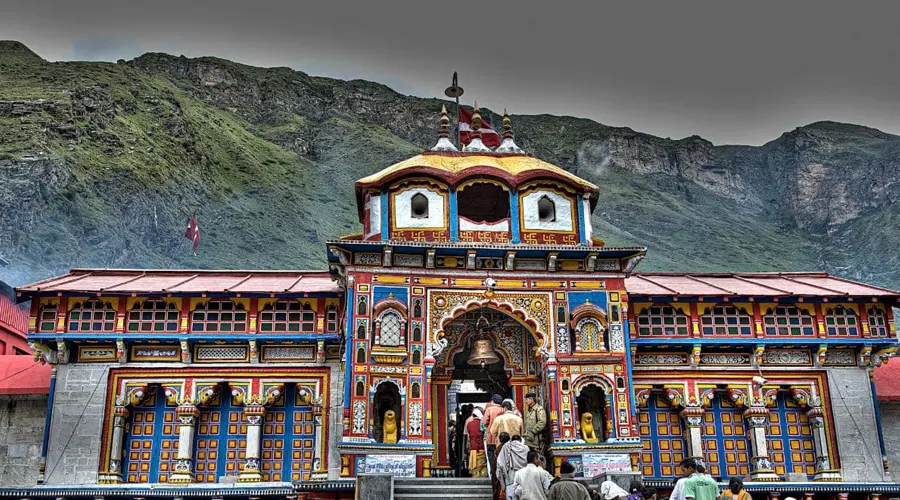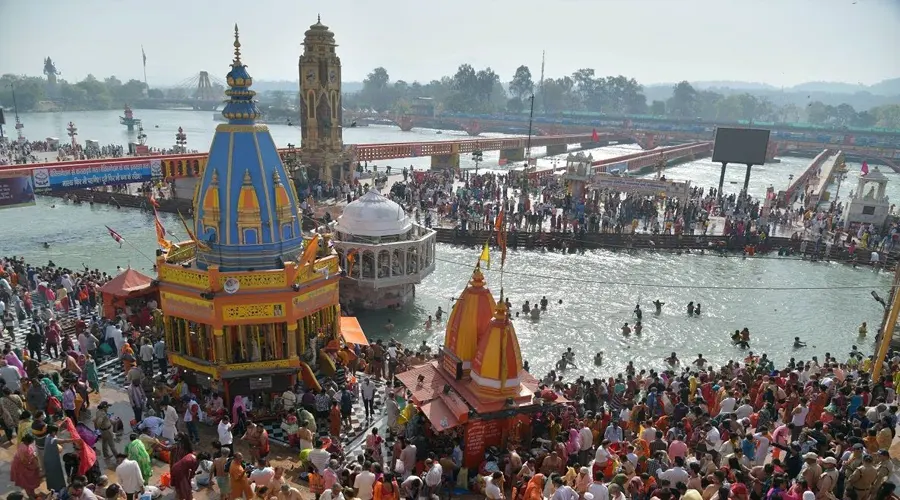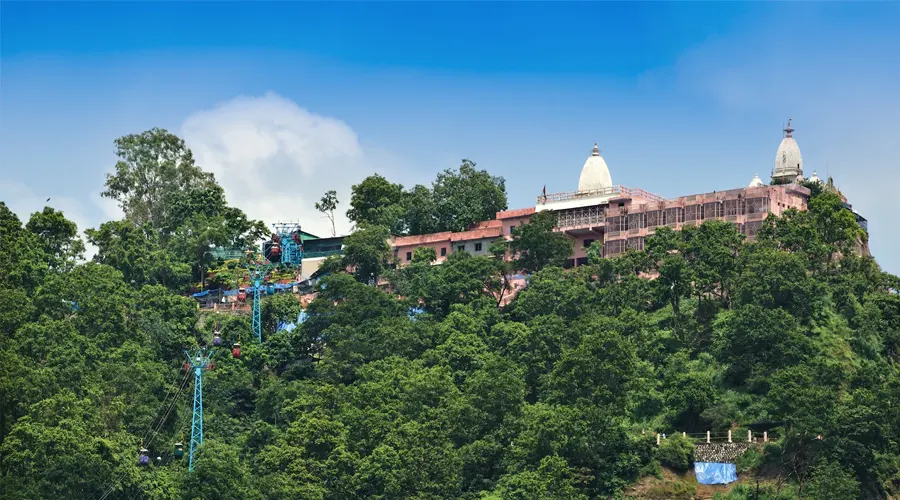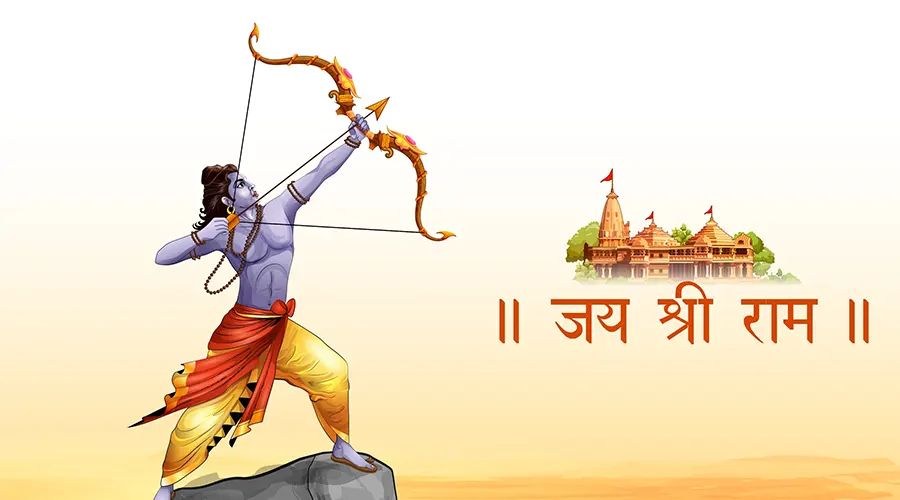Yamunotri Dham, Uttarakhand
On the western side of Garhwal Himalayas, in the Uttarkashi district of Uttarakhand, lies the holy place of Yamunotri. About 3,293 meters above sea level, Yamunotri stands proudly with its enormous mountain peaks, glaciers, and gushing waters of Yamuna. River Yamuna, the second most sacred river of India, originates in Yamunotri, making it one of the pilgrimage sites in the Chota Char Dham Yatra in Uttarakhand.
The venerated goddess Yamuna is said to be the daughter of Sun and twin sister of Yama (the god of death); in Vedas, Yamuna is called Yami (the lady of life). A bath in the sanctified waters of Yamuna is said to cleanse all sins and protect them from an untimely or painful death. Such strong associations in Hindu mythology place Yamuna Devi (goddess) in high ranks of divinity.
On the western side of Garhwal Himalayas, in the Uttarkashi district of Uttarakhand, lies the holy place of Yamunotri. About 3,293 meters above sea level, Yamunotri stands proudly with its enormous mountain peaks, glaciers, and gushing waters of Yamuna. River Yamuna, the second most sacred river of India, originates in Yamunotri, making it one of the pilgrimage sites in the Chota Char Dham Yatra in Uttarakhand.
The venerated goddess Yamuna is said to be the daughter of Sun and twin sister of Yama (the god of death); in Vedas, Yamuna is called Yami (the lady of life). A bath in the sanctified waters of Yamuna is said to cleanse all sins and protect them from an untimely or painful death. Such strong associations in Hindu mythology place Yamuna Devi (goddess) in high ranks of divinity.
WHAT TO SEE IN YAMUNOTRI DHAM?
YAMUNOTRI TEMPLE
The holy abode of Goddess Yamuna is situated near the foot of Kalind Parbat (peak) and on a side of Banderpoonch Parbat. Nestled in the intimidating Himalayas, the Yamunotri temple is believed to be constructed by the king of Tehri, Naresh Sudarshan Shah in 1839. One of the Chota Char Dham pilgrimage sites, the stunning setting of the temple is enough to fill the hearts of the devotees with wonder. Yamuna River jets down from one side of the temple, which houses Goddess Yamuna in the form of a black marble idol. Ganga Devi finds her place, in white stone, by the side of Yamuna.
The temple of Yamuna closes its portals as winter approaches on Yama Dwitiya (second day after Diwali or on Bhai Dooj). Devi's winter address is Kharsali village where she reaches in a palanquin and will remain for the entire period of winters. On Akshaya Tritiya (occurring on April/May), the goddess comes back to grace Yamunotri again. Both closing and opening ceremonies of the Yamunotri shrine are brought about with celebrations, elaborate rituals, and Vedic chants.
SURYA KUND (THE POND OF THE SUN)
Very near to the Yamuna Devi temple there are many hot water springs; the most significant among them is the Surya Kund. It holds the boiling-hot water as it emerges from the crevices in the mountain. People boil rice and potatoes by tying them in a cloth (preferably muslin cloth) and consider them a Prasad (religious offering) from Goddess Yamuna.
DIVYA SHILLA (THE DIVINE STONE)
It is a reddish-brown rock near the Surya Kund which needs to be worshipped before offering reverence to the main deity, Yamuna maa (mother). According to Skanda Purana, with a mere touch of the sacred rock one can attain spiritual liberation.
History
Yamunotri is where the second most holy river of India, the River Yamuna, takes birth. Situated in the Uttarkashi district of Uttarakhand, Yamunotri Dham is the first stop in the pilgrimage. It is believed that bathing in its water cleanses all sins and protects from an untimely and painful death. The shrine of Yamunotri is believed to be built in 1839 by the king of Tehri, Naresh Sudarshan Shah. Besides the Yamuna Devi (goddess), the idol of Ganga Devi is housed in the revered temple. There are many hot water springs near the temple; Surya Kund is the most important among them. Devotees boil rice and potatoes in the kund and accept it as a Prasad of the Devi.


























